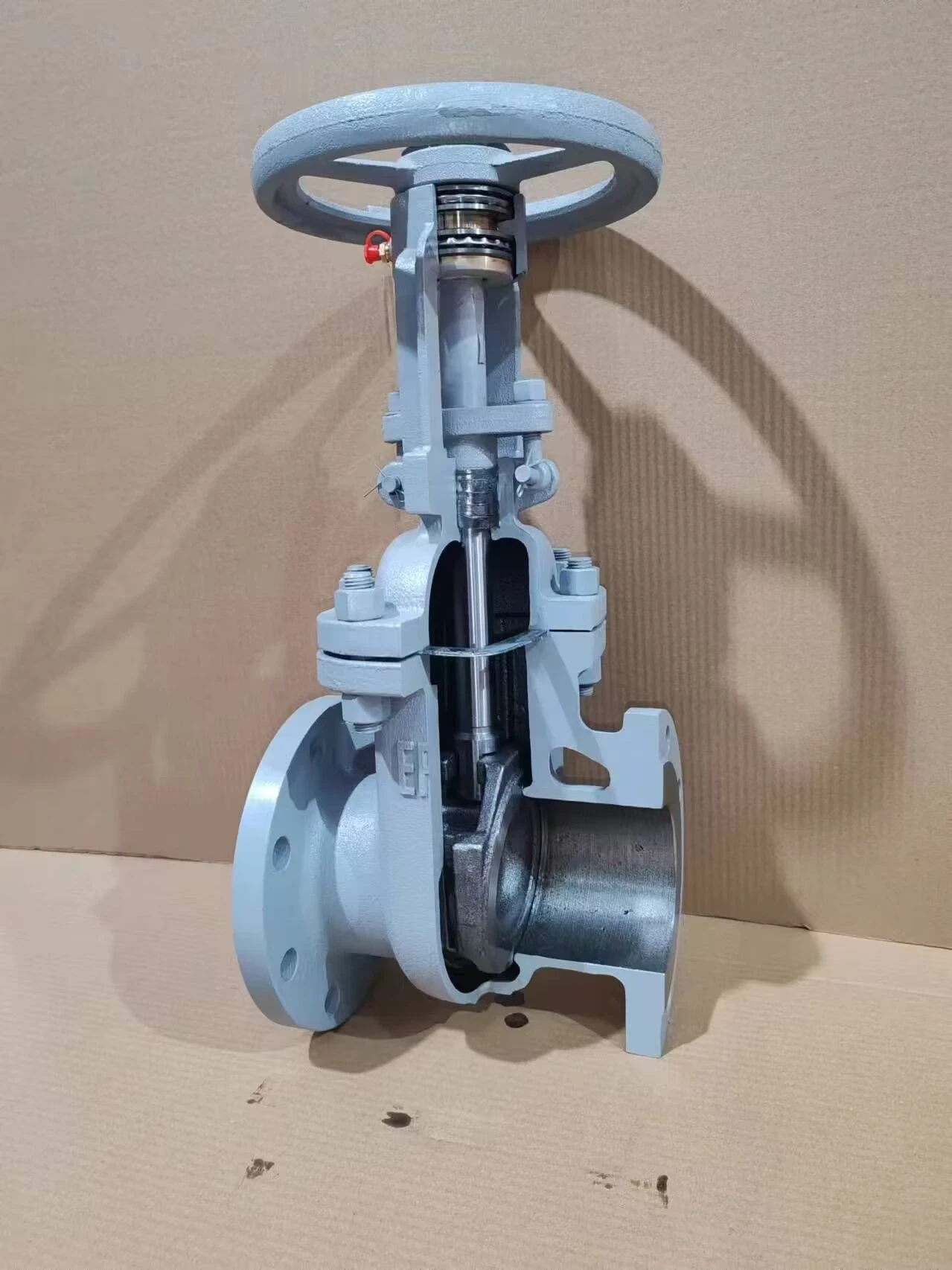butterfly valve 2.5 inch
Understanding Butterfly Valves A Focus on 2.5-Inch Models
Butterfly valves are an essential component in many fluid control systems, thanks to their simple design and effectiveness in regulating flow. This article will delve into the specifics of 2.5-inch butterfly valves, examining their construction, applications, advantages, and maintenance considerations.
What is a Butterfly Valve?
A butterfly valve is a type of quarter-turn valve that utilizes a rotating disc to control the flow of fluids. The disc is mounted on a shaft that passes through the center of the valve body. When the valve is fully opened, the disc is parallel to the flow, allowing fluid to pass with minimal resistance. Conversely, when closed, the disc obstructs the flow, effectively sealing the line.
Construction
The construction of a butterfly valve includes several key components
- Valve Body Typically made from durable materials such as stainless steel, cast iron, or plastic, the body houses the internal components and is designed to withstand the operational pressures of the system. - Disc The butterfly valve disc can be made from various materials, chosen based on the specific application. Common materials include metal alloys for high-temperature or high-pressure applications, and plastics for corrosive or less demanding environments.
- Shaft The shaft connects the disc to the actuator, allowing the operator to open or close the valve by rotating the disc.
- Actuator Butterfly valves can be operated manually or with an actuator. Actuators can be pneumatic, electric, or hydraulic, providing versatility in usage across different applications.
- Seals Seals are critical for preventing leaks and ensuring a tight shut-off. Common materials for seals include rubber and Teflon, which provide excellent resistance against chemicals and environmental factors.
Applications of 2.5-Inch Butterfly Valves
2.5-inch butterfly valves are prevalent in various industries, including
- Water Treatment These valves help control the distribution of water within treatment plants and wastewater facilities, managing the flow of chemicals and processes effectively.
- HVAC Systems In heating, ventilation, and air conditioning systems, butterfly valves regulate the flow of air and water, contributing to climate control and system efficiency.
butterfly valve 2.5 inch

- Food and Beverage Industry The hygienic design of butterfly valves makes them suitable for controlling fluid flow in food processing and beverage production, where contamination must be avoided.
- Chemical Processing Due to their resilience against corrosive substances, 2
.5-inch butterfly valves find applications in chemical manufacturing processes.Advantages of 2.5-Inch Butterfly Valves
- Compact Design The slim profile of butterfly valves requires less space than traditional valves, making them ideal for installations where space is limited.
- Low Pressure Drop Butterfly valves offer a streamlined flow path, resulting in lower pressure loss when the valve is opened compared to globe or gate valves.
- Cost-Effective With fewer moving parts, butterfly valves generally have lower manufacturing and maintenance costs, making them an economical choice for many applications.
- Quick Operation The quarter-turn functionality allows for rapid opening and closing, providing efficient flow control.
Maintenance Considerations
While butterfly valves are relatively low maintenance, periodic inspection is essential to ensure longevity and performance. Some suggestions for maintenance include
- Regular Inspection Check for any visible wear or damage to the valve body, disc, and seals. Any signs of leaks should be addressed immediately.
- Lubrication If the valve is manually operated, lubricating the shaft periodically will help maintain smooth operation.
- Testing Regular testing of the valve's functionality should be performed to ensure it opens and closes completely without obstruction.
Conclusion
In summary, 2.5-inch butterfly valves are versatile and efficient components widely used in various applications. Their compact design, low pressure drop, and cost-effectiveness make them a preferred choice across many industries. Understanding their construction, applications, and maintenance needs can help ensure optimal performance and longevity, contributing to the reliability of fluid control systems. Whether in water treatment, HVAC, or chemical processing, the reliability of butterfly valves plays a critical role in operational efficiency.
-
The Key to Fluid Control: Exploring the Advantages of Ball Valves in Industrial SystemsNewsJul.09,2025
-
The Versatile World of 1, 2, and 3 Piece Ball ValvesNewsJul.09,2025
-
Stainless Steel Ball Valves: The Ideal Choice for Efficient Flow ControlNewsJul.09,2025
-
Optimizing Fluid Control with Ball Float ValvesNewsJul.09,2025
-
Manual Gate Valves: Essential for Control and EfficiencyNewsJul.09,2025
-
Everything You Need to Know About Butterfly ValvesNewsJul.09,2025
-
The Versatility of Wafer Type Butterfly ValvesNewsJul.08,2025




